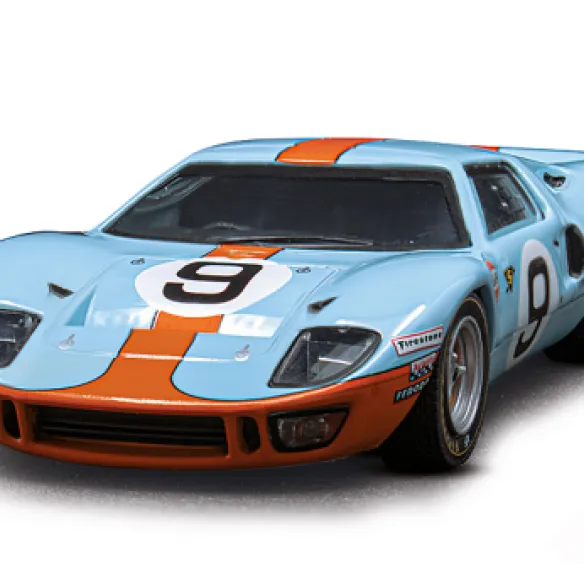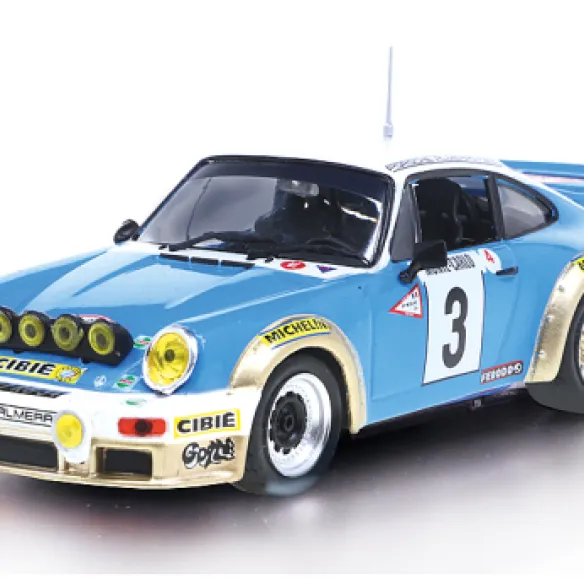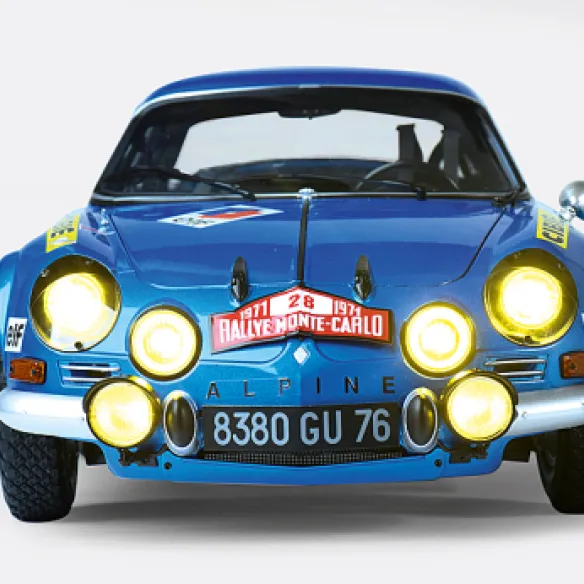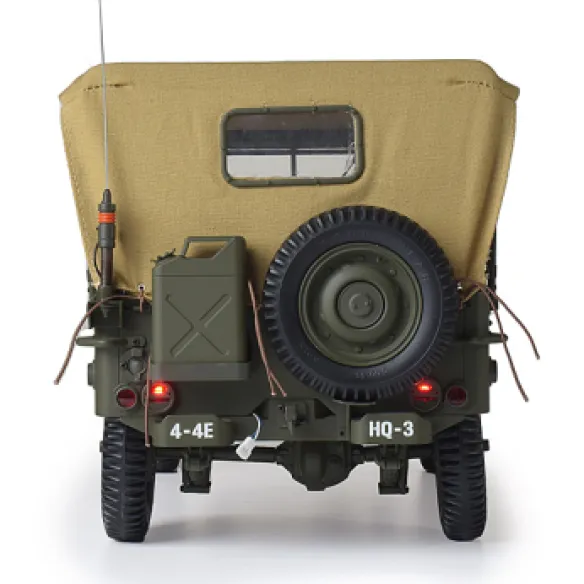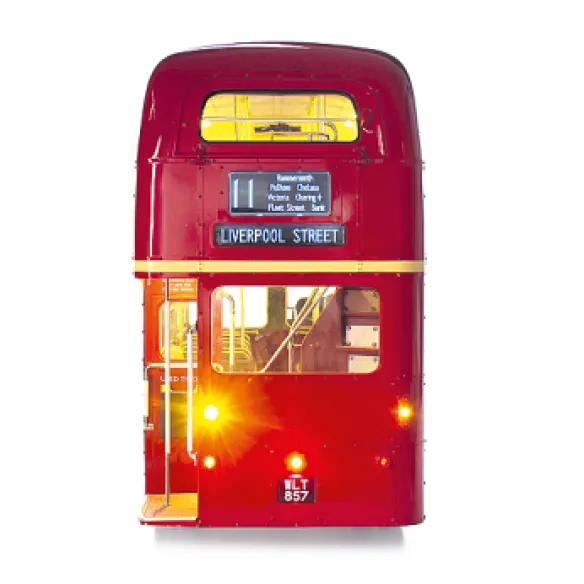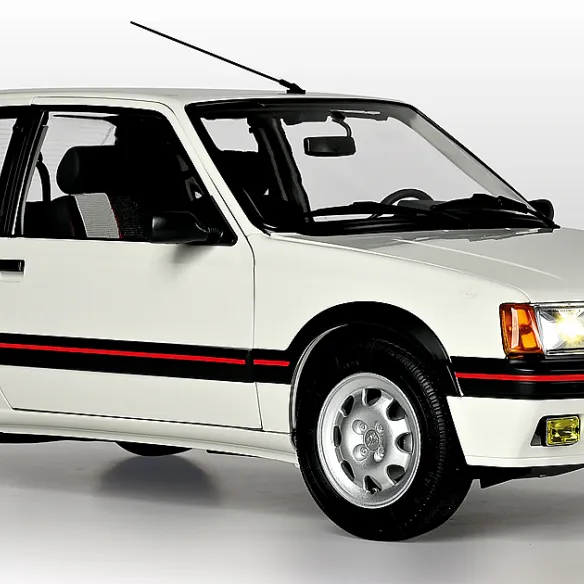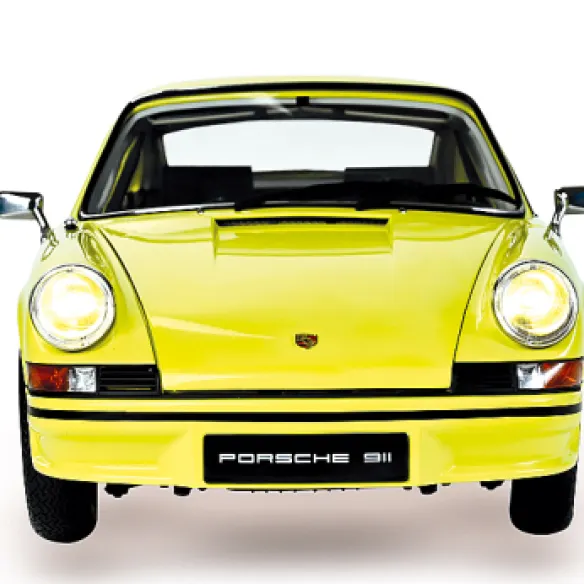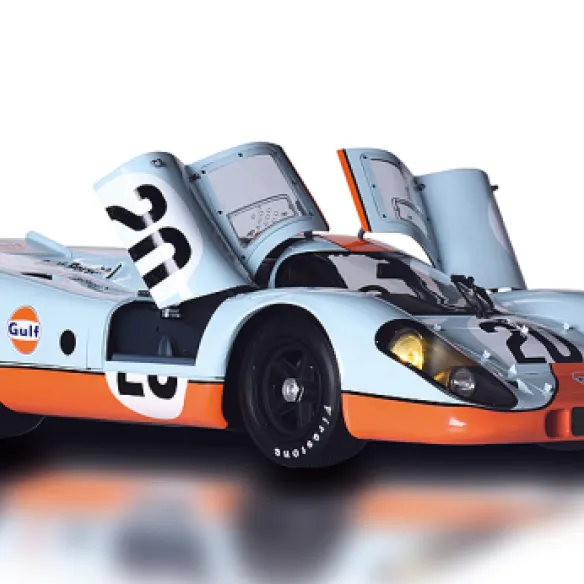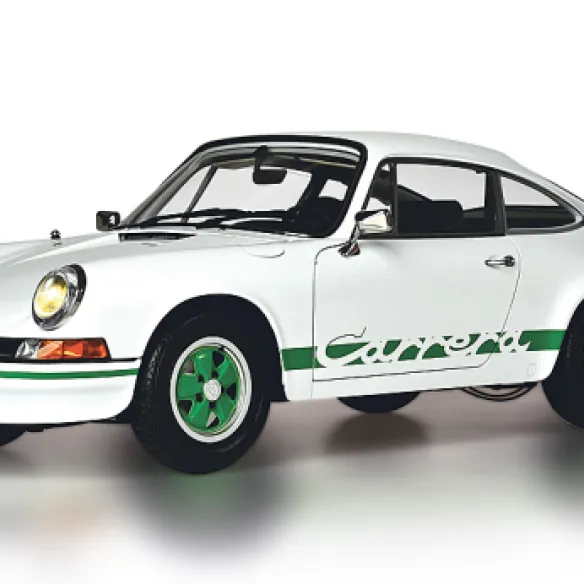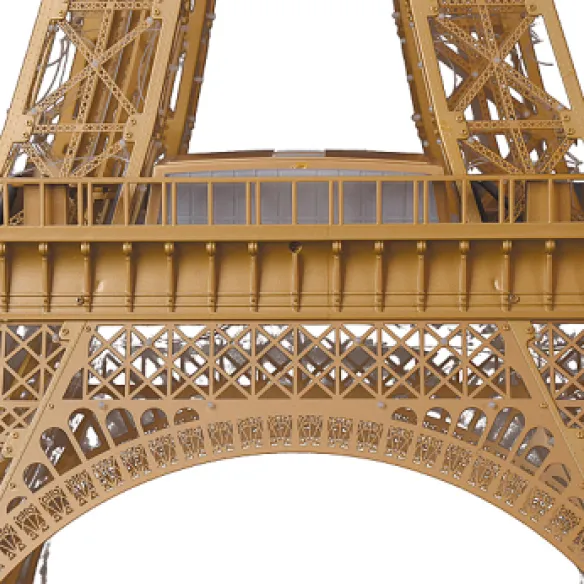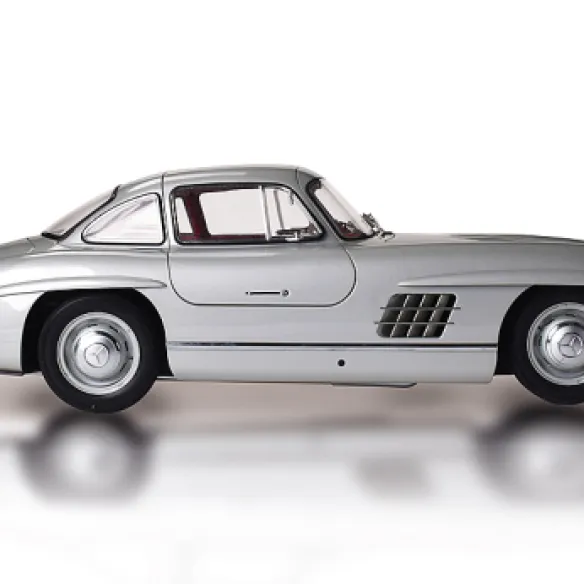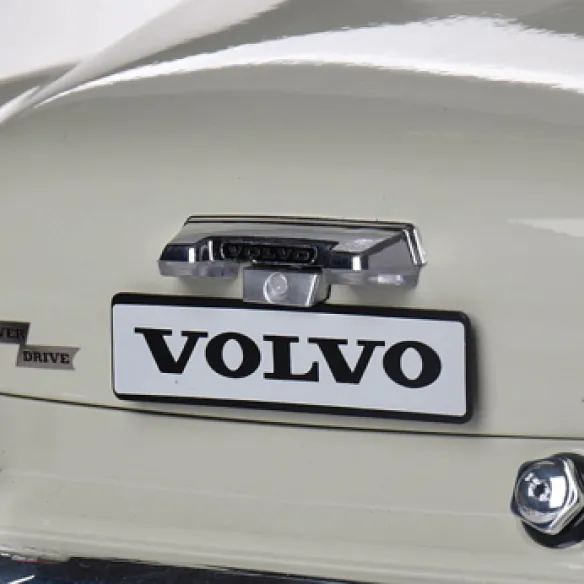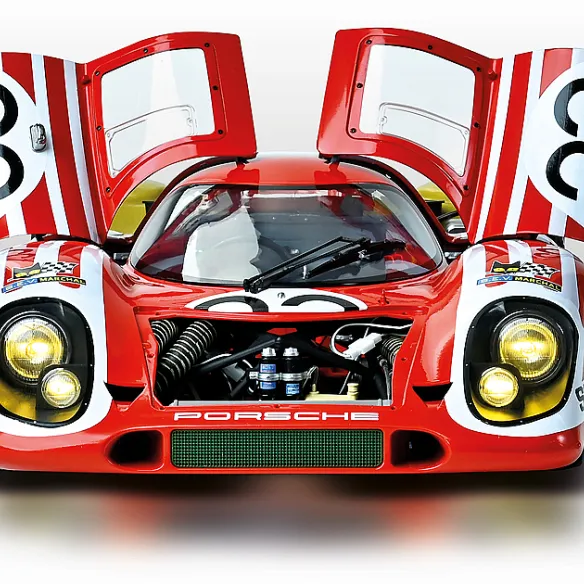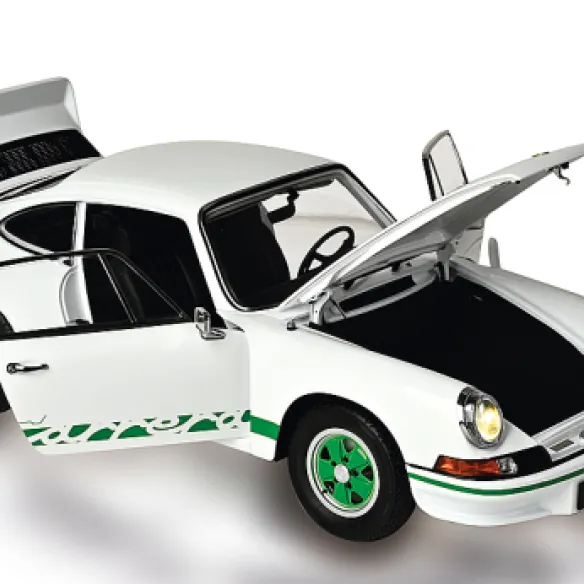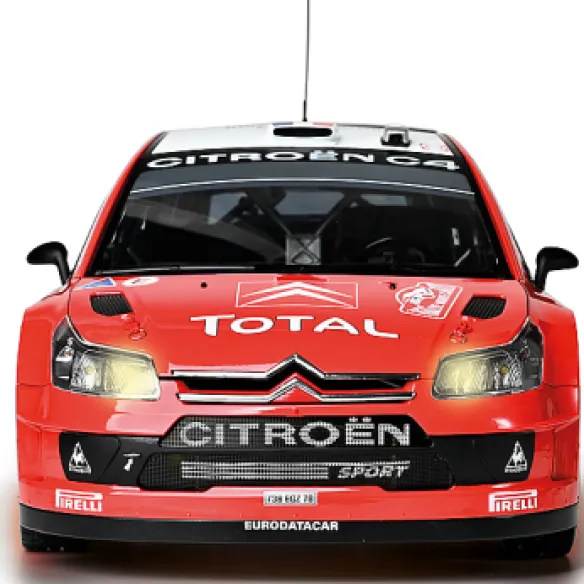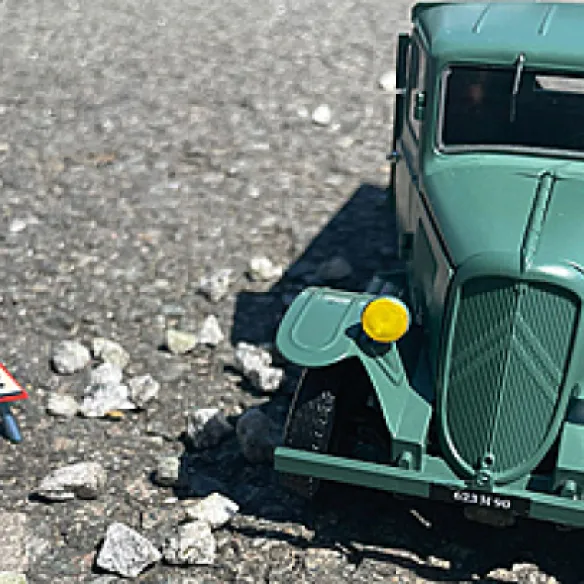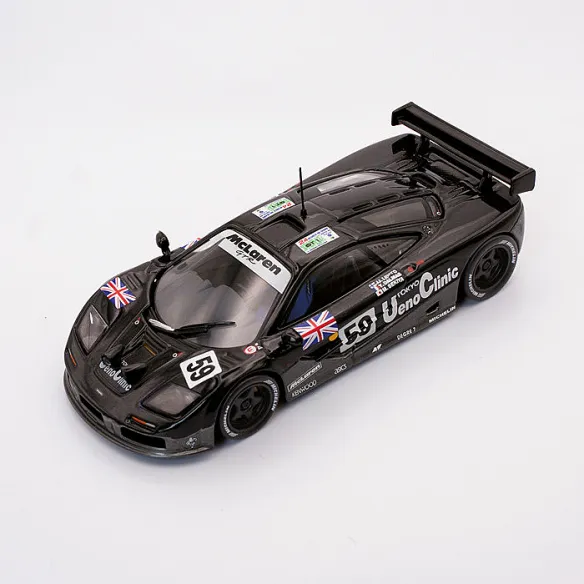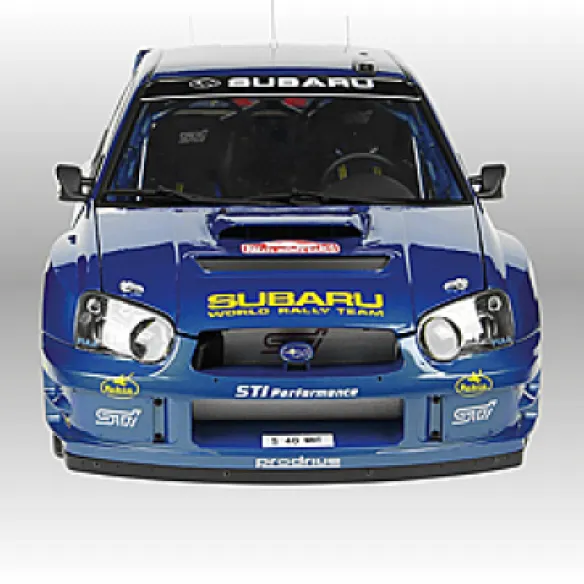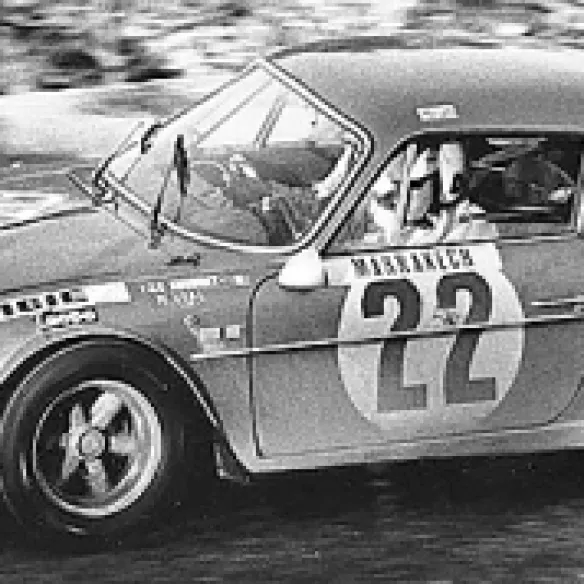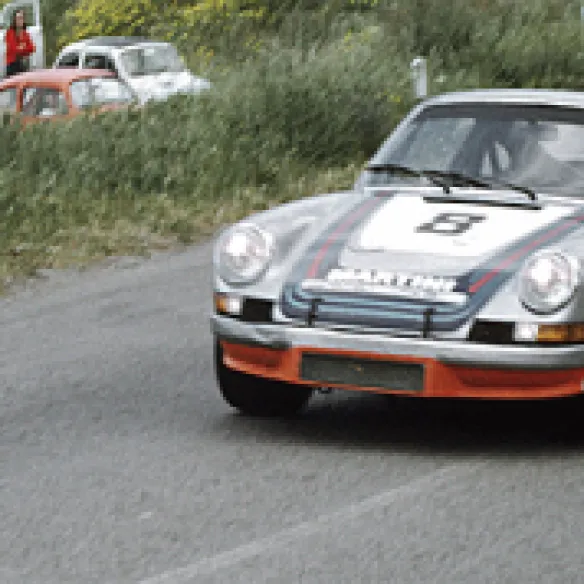
After a collaboration with Panhard, Charles Deutsch turns to Peugeot to motorize his racing cars. The model SP 1966 is aligned in Le Mans from 1966.
If French manufacturers like Alpine, Matra or Ligier regularly distinguished themselves in international competition from the middle of the Sixties, it is partly thanks to pioneers like Charles Deutsch who had the courage to launch out in the automobile competition in the aftermath of the Second World War, at a time when everything remained to be realized in our country. This engineer was always passionate about aerodynamics and the Peugeot CD is a masterly achievement in this field.
After more than twenty-three years of fruitful collaboration within DB (founded in 1938 in Champigny-sur-Marne), Charles Deutsch and René Bonnet separate and their company is dissolved at the end of December 1961. While Bonnet concludes agreements with Renault, Deutsch remains at first faithful to Panhard, their historical engine manufacturer, and continues his aerodynamic studies with the engineers Michel Tétu, Robert Choulet and Lucien Romani within the Society of the Engineers of the Automobile.

The car of André Guilhaudin and Alain Bertaut will give up at the 24 Hours of Le Mans in 1967. © IXO Collections SAS - Tous droits réservés. Crédits photo © Archives et Collections.
A new adventure
The fruit of their research, the CD Panhard, is engaged in the 24 Hours of Le Mans of 1962 where, in the hands of the crew Guillaudin-Bertaut, it is classified 16th in its category and gains the Energetic Index. The following year, Panhard, preoccupied by the release of its new model 24, fails to deliver and Deutsch falls back at the last moment on a DKW engine. CD finds Panhard for the 24 Hours of 1964, but it will be there their last collaboration. Deprived of engine, CD will not be present in the Sarthe for the edition of 1965; however this year, it passes an agreement of technical cooperation with Peugeot which lets itself convince without difficulties by the references of this famous engineer. The first Peugeot CD project was ready in October 1965, but after a series of inconclusive tests at Montlhéry at the end of March 1966, the chassis was modified. The general look of the bodywork is very close to the previous CD Panhard of 1964. This is logical because the aerodynamic study was again conducted by Robert Choulet, the designer of the structure. He is assisted by Daniel Pasquini, who designed the bodywork in collaboration with SERA (Société d'Études et de Réalisation Automobile) at the Eiffel wind tunnel in Paris.

Charles Deutsch (1911-1980) will produce his own racing cars from 1962 to 1967 under the name CD. © IXO Collections SAS - Tous droits réservés. Crédits photo © Archives et Collections.
A lesson in aerodynamics
With its double-curved vertical rear fins, its tapered line and its streamlined headlights, the aerodynamics of the CD Peugeot SP 66 is one of the most carefully designed ever. It has an incredibly low SCx of 0.198. The chassis, weighing 72 kg, is composed of an assembly of folded and spot-welded or riveted metal sheets. The rigidity of the whole is ensured by two longitudinal members joined by five cross members. The independent wheel suspension consists of lower wishbones, upper links, coil springs and telescopic shock absorbers at the front. At the rear, there is an original system consisting of two transverse arms. The engine, which was derived from the Peugeot 204, was modified by the Sochaux factory to increase its original displacement to 1,135 cm3, thus increasing power from 53 to 103 hp DIN. On the 1967 car, the 4-cylinder block, prepared by Le Moteur Moderne, was increased to 1,135 cm3 (108 hp). The gearbox, also of Peugeot origin, has a specific housing.

The resin and fiberglass body of the Peugeot CD has remarkably efficient and clean lines. © IXO Collections SAS - Tous droits réservés. Crédits photo © Archives et Collections.
Mixed results
After having won six class victories and five times the Performance Index within the DB team from 1949 to 1961, Charles Deutsch enters his own productions in the 24 Hours of Le Mans under the name CD from 1962 to 1967. They are first equipped with Panhard engines in 1962 and 1964, DKW in 1963 and finally Peugeot in 1966 and 1967. For the 1966 edition, the SEC Automobiles CD team aligned three SP 66 chassis for Claude Laurent and Jean-Claude Augier (n° 51), Alain Bertaut and Pierre Lelong (n° 52) as well as Georges Heligoin and Johnny Rives (n° 53). The Peugeot CDs are given for big favourites against the Alpine, in particular for the classification in the Energy Efficiency. But unfortunately, it will be a failure for the team of Charles Deutsch, as much by lack of time for the preparation as by the inexperience of some of the engaged drivers. The three cars will indeed give up respectively at the 6th hour (accident), 6th hour also (clutch) and 9th hour (accident). The following year, CD presented itself with two SP 66s very similar to the previous ones, after an intensive tuning during the winter. The first car is driven by Denis Dayan and Claude Ballot-Léna (n° 52) who give up at the 5th hour (engine). The second car was driven by André Guilhaudin and Alain Bertaut (n° 53) who had to stop at the 8th hour, victims of their engine. It will be the last participation of CD in Le Mans.

The Peugeot inline 4-cylinder engine, made of aluminum alloy, is installed in the rear center position, transversely and lying down. © IXO Collections SAS - Tous droits réservés. Crédits photo © Heuliez
Recent articles

24/06/2025
The 141-R, late queens of petrol
With the 141-R, the reign of coal in France suddenly declined.
Read more

24/06/2025
The 141-R, the arrival of the second tranche
The 141-R-701 to 1340 locomotives make up the second tranche, delivered from 15 August 1946, while those in the first tranche are still being delivered.
Read more

24/06/2025
THE 141-R CHANGED THE ROLE OF STAFF
These powerful, robust locomotives, imported from the United States after the Second World War, radically transformed the role of the staff at SNCF depots in terms of rail transport in France.
Read more


 English
English français
français Deutsch
Deutsch español
español italiano
italiano português
português